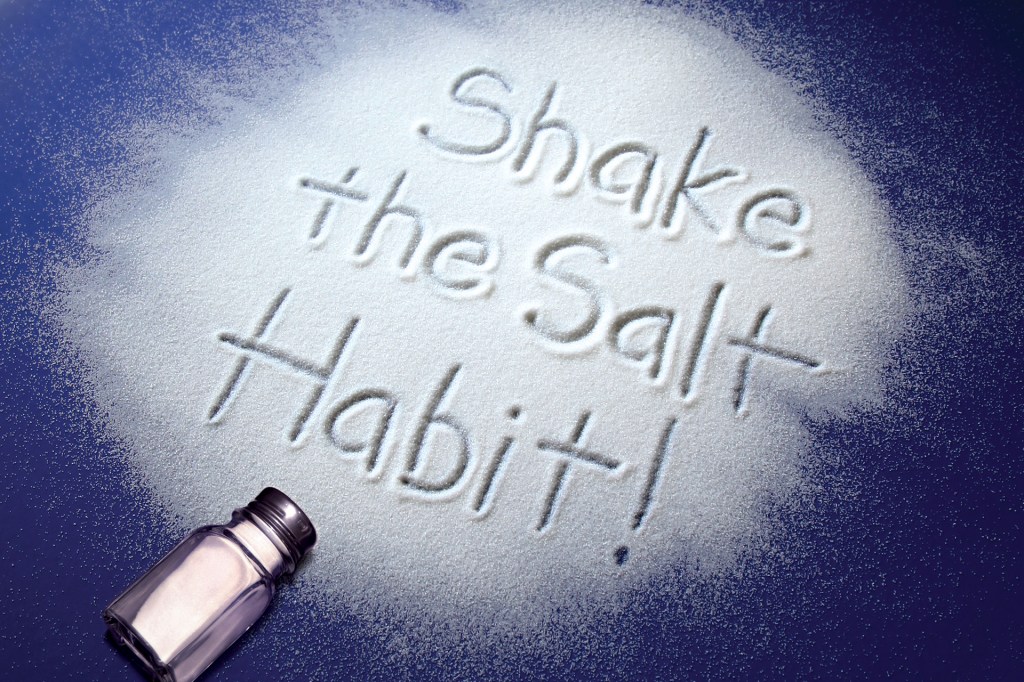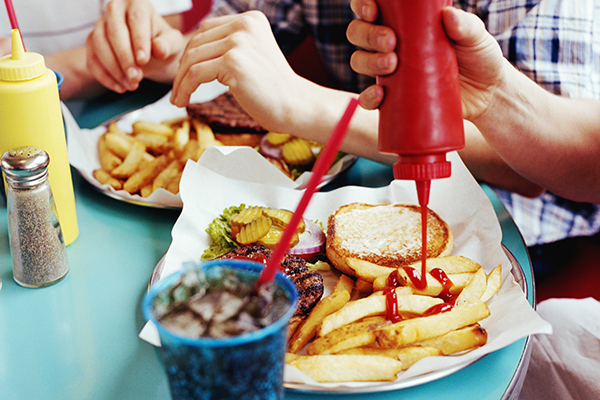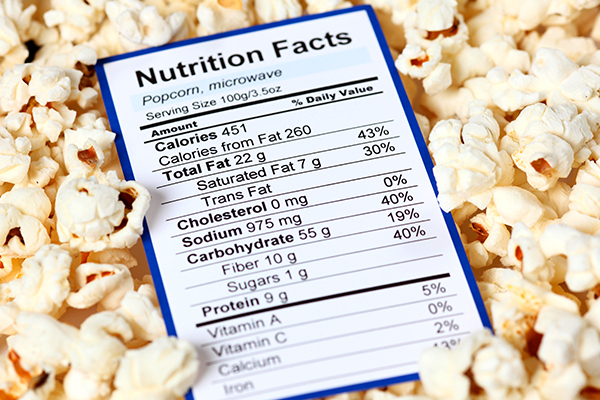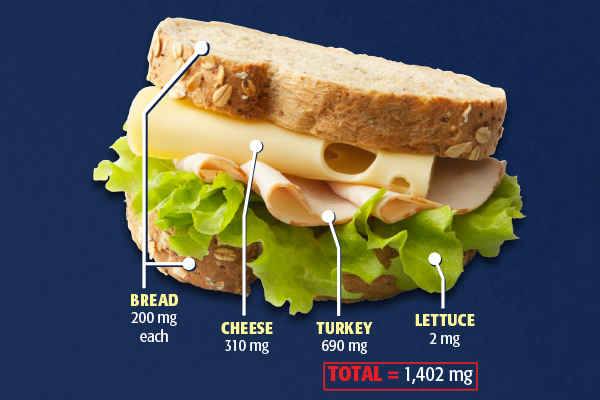Pass on the Salt

Kids consume too much salt. That puts them at risk for heart problems later in life.
Hamburgers, French fries, potato chips, popcorn, and pizza. There is no denying these foods are tasty. But often, it’s the added salt that makes you crave
crave
 GETTY IMAGES
to have a powerful desire for
( )
Jenny craves peace and quiet when she studies.
them. One result: U.S. kids are eating way too much salty food.
GETTY IMAGES
to have a powerful desire for
( )
Jenny craves peace and quiet when she studies.
them. One result: U.S. kids are eating way too much salty food.
Table salt is about 40% sodium. Our bodies need some sodium to work properly. But too much of it is not healthy. The salt shaker is to blame for just 11% of the sodium kids consume
consume
 ANDRES RODRIGUEZ—BLEND IMAGES/GETTY IMAGES
to eat or drink
( )
The family likes to consume popcorn at the movies.
. The rest has been added to food before it even reaches the table.
ANDRES RODRIGUEZ—BLEND IMAGES/GETTY IMAGES
to eat or drink
( )
The family likes to consume popcorn at the movies.
. The rest has been added to food before it even reaches the table.

Even the ketchup in this meal comes packed with sodium.
NICO KAI—GETTY IMAGESA recent study by the Centers for Disease Control (CDC) looked at the eating habits of 2,142 children. It found that on average they had nearly 1-1/2 teaspoons of sodium each day. That is 50% more than current guidelines recommend.
Zerleen Quader is the study’s lead author. “Eating too much sodium now can set [kids] up for health problems later,” she told TFK.
Take Heart
Researchers discovered that more than half the sodium kids consumed came from store-bought food. Many sneaky sodium sources—like bread and cold cuts—add to the salt overload. See “Rethink Lunch” to see how much sodium is packed into a typical turkey-and-cheese sandwich.
All this added salt can raise blood pressure. That can lead to heart problems. Today, 1 in 9 children has raised blood pressure. There’s good news though. Consuming less salt can lower blood pressure.

How does this microwave popcorn measure up? Look for foods with less than 140 mg of sodium per serving.
EKATERINA MINAEVA—ALAMYThat, of course, is easier said than done. The more you eat salty foods, the more you develop a taste for them. The key to changing your diet is to start small. “Small changes in sodium in foods are not usually noticed,” Quader says. Eventually, she adds, the effort will reset a kid’s taste buds so the salt cravings stop.
Bridget Murphy is a dietitian at New York University’s Langone Medical Center. She suggests kids try adding spices to their food instead of salt. Eating fruits and veggies and cutting back on packaged foods will also help.
Need a little inspiration? Murphy offers this tip: Focus on the immediate effects of a diet that is high in sodium. High blood pressure can make it difficult to be active. “Do you want to be able to think clearly and perform well in school?” she asks. “If you’re an athlete, do you want to run faster?” If you answered yes to these questions, then it’s time to shake the salt habit.

Rethink Lunch
A turkey sandwich can pack a big sodium punch. Add a teaspoon of mustard and the total rises to 1,522 milligrams (mg). Kids ages 9 to 13 should get no more than 2,200 mg each day.
Zerleen Quader, of the CDC, suggests reading nutrition labels. “It’s surprising how much the sodium content for the same food can vary by brand,” she says.












